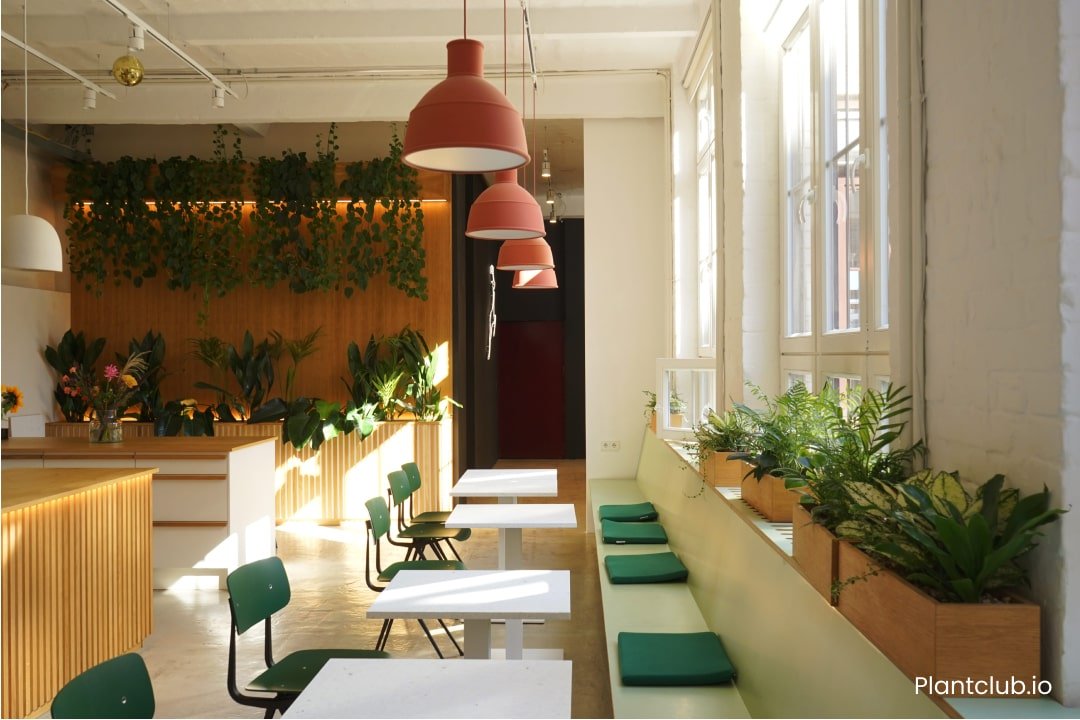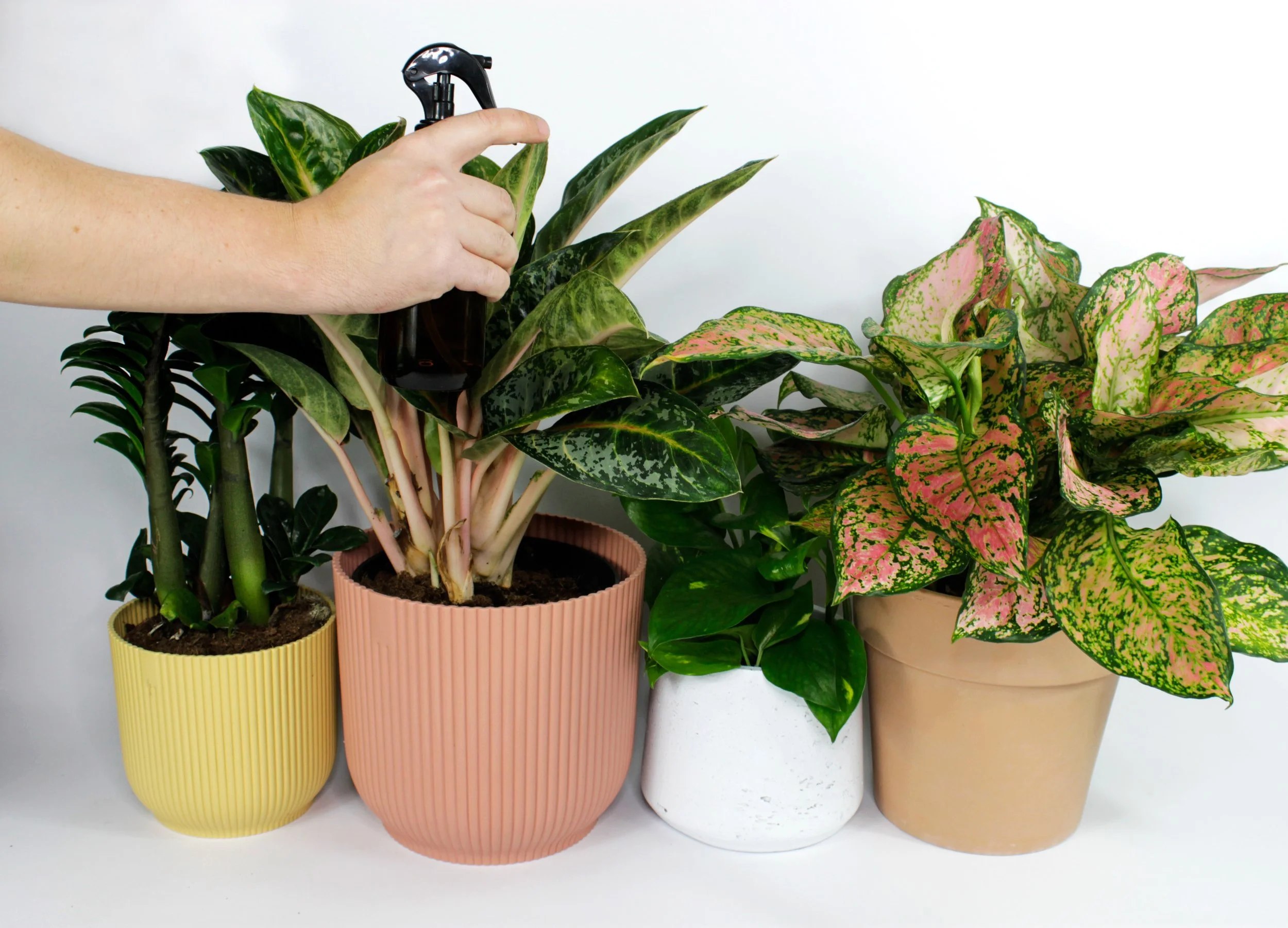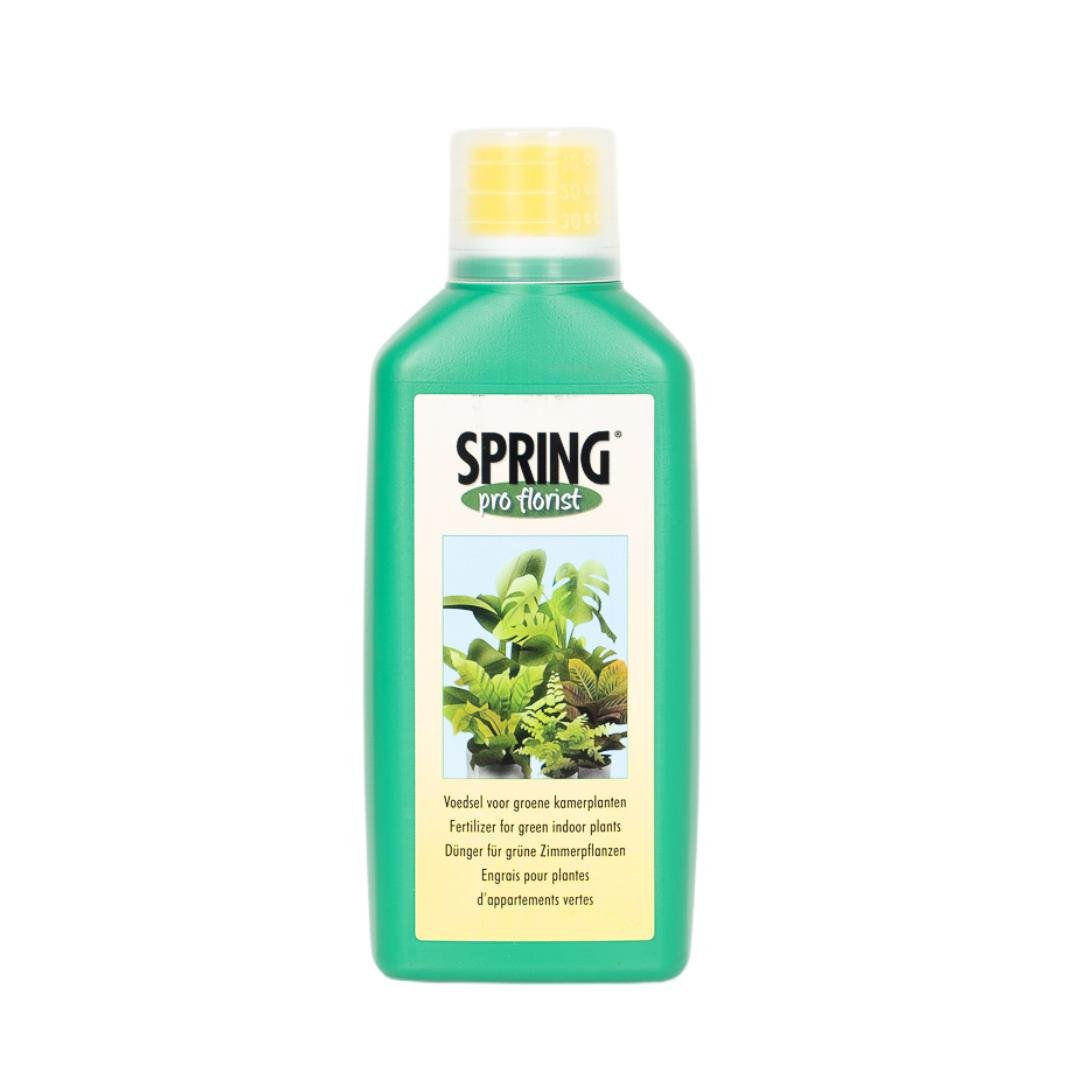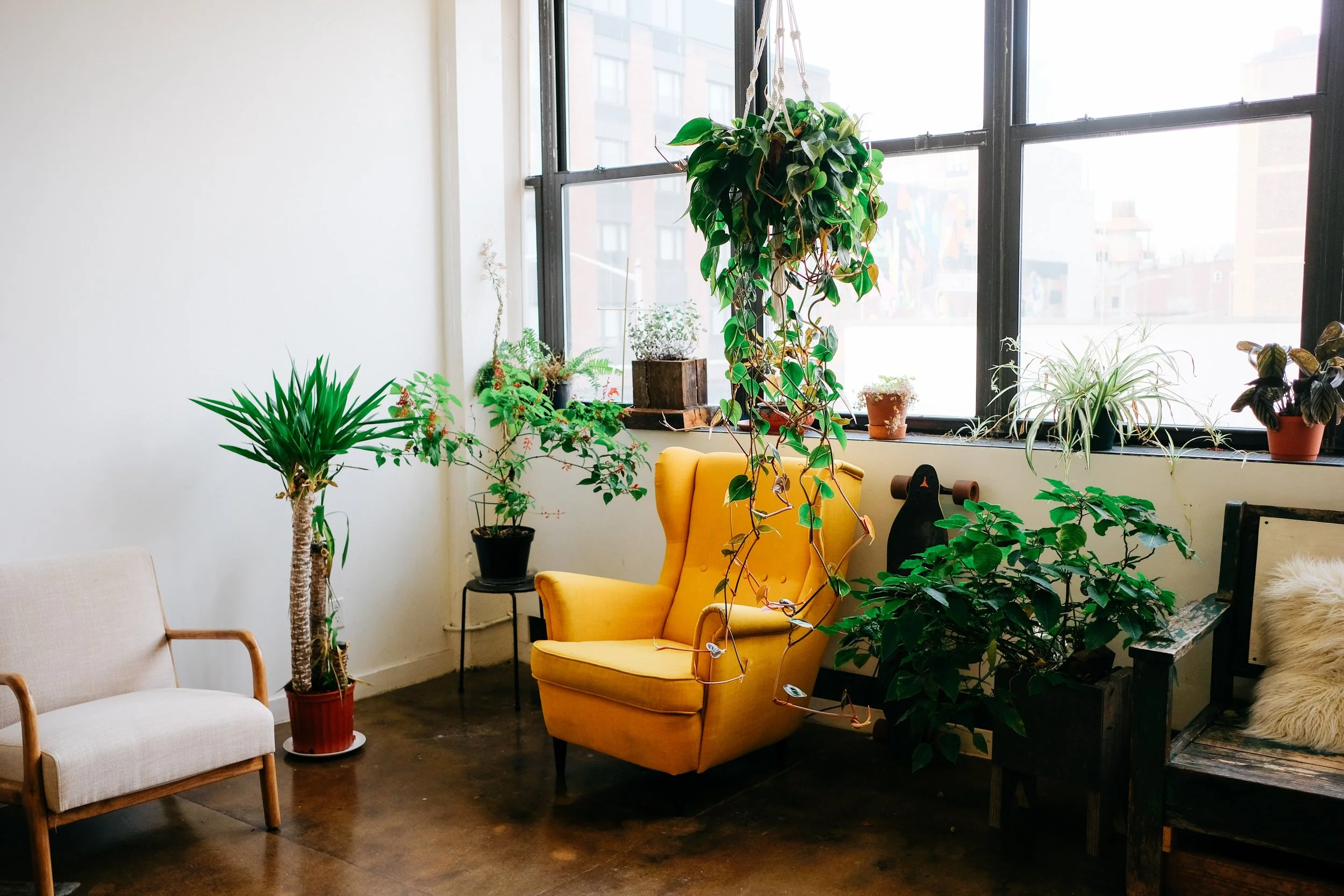How Plantclub takes care of office plants during winter
As the days grow shorter and the nights get colder, you may start to worry about how the plants in your office will survive another brutal winter. If you’re a fan of the green friends you’ve made in your workplace, it may have crossed your mind that with everyone taking extended vacations for the holidays, they might not be so green when everyone returns to the office.
At Plantclub, not only do we transform offices into green workplaces, we ensure year-round quality care for your plants so office managers don’t have to become full-time plant experts themselves. As a circular business, our top goal is to reduce waste through our subscription-based service.
If you’re not a Plantclub member yet but want your office plants to survive the change in season, we’ve put together a list of the most important things to remember.
Here are five ways Plantclub keeps your plants alive during the winter.
1. Reduce watering
Instead of watering your plants, try a gentle misting instead.
Our Plant Experts want to remind every plant parent is to water their plants less during the winter season. During wintertime we only receive 8 hours of daylight during December, which means less photosynthesizing. Each year, plants enter a state of winter dormancy, meaning their growing process will slow and they will require less attentive care. Less light = less watering.
2. Stop fertilizing
In that same vein, our Plant Experts also stop fertilizing plants by the end of September. You may think that because plants tend to struggle through the cooler months, a little food power may be their friend. The reality is that they’re not meant to grow during the winter season, and therefore do not need to be fertilized.
3. Humidity
Consider a humidifier for your indoor plants.
As the weather cools down and heaters come on, our Plant Experts may move your office plants away from radiators or hot poles if they notice your plants starting to brown or burn. Finding a new home for your plants during the winter that provides the perfect balance of getting them enough light while also not drying them out by placing them by a heater can be a challenge. Luckily, our Plant Experts take these factors and design into account for you.
4. Pests
Some pests such as mealy bugs can take advantage of your plants’ already weakened states during winter.
Some pests may find a sanctuary in your office plants as the temperatures drop outside but the heaters stay on inside. This means that some plants may become reproductive grounds for some pests. It’s always good to keep an eye out whenever you water to check the leaves and soil and make sure no critters are making homes in your indoor jungle.
5. Getting your plants enough light
Winter’s extended holidays and emptier offices means less watchful eyes on plants that may be more affected by the waning sunlight. Plants need to be moved in the winter to find the spots that receive the strongest amount of sunlight. Thick curtains should be avoided during the winter as those plants will need all the sunlight they can get.
On another note, plants in general require being rotated year-round so each side receives equal amounts of sun exposure.
Above all, as a company that prioritizes sustainability, , we work diligently to reduce landfill waste. Our model of renting plants out and providing consistent care exists so that no plant goes to waste. While the winter season continues, treat your green friends with care and check back here in the spring for more seasonal advice.
Plantclub.io provides you and your colleagues with the benefits of plants, wherever you work. Rent office plants and transform your space into a green oasis, with flexible monthly membership options to suit your size. Diversify your employee perks with a dedicated company store, where you can give green gifts and your team can buy plants for their home office. Book a time to chat with us today.







